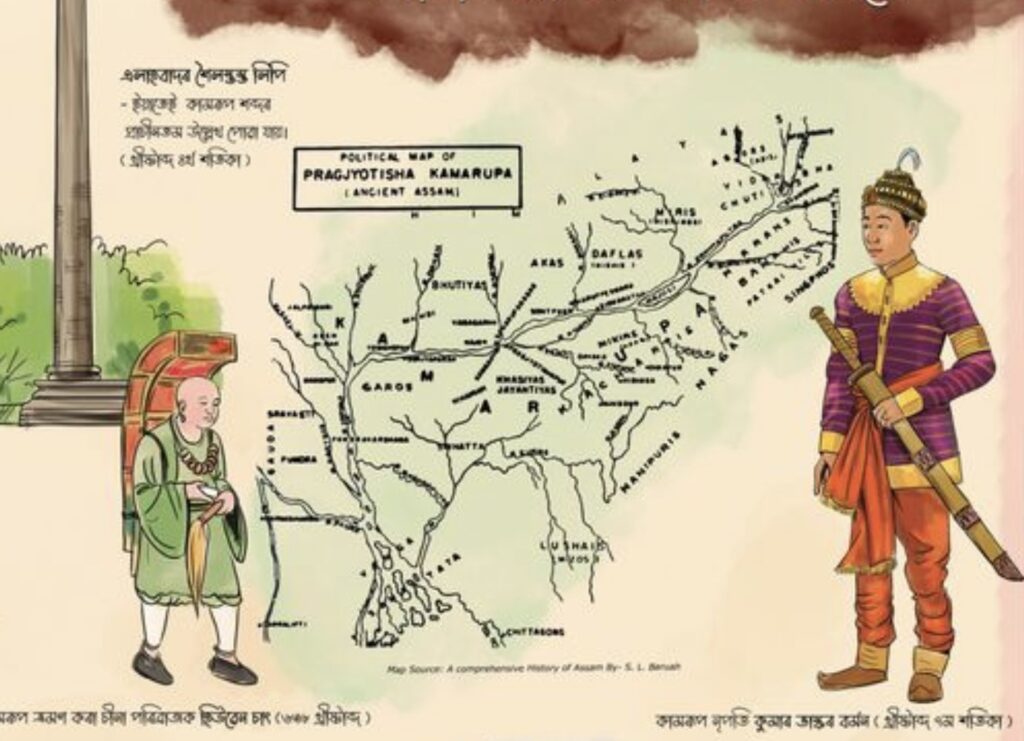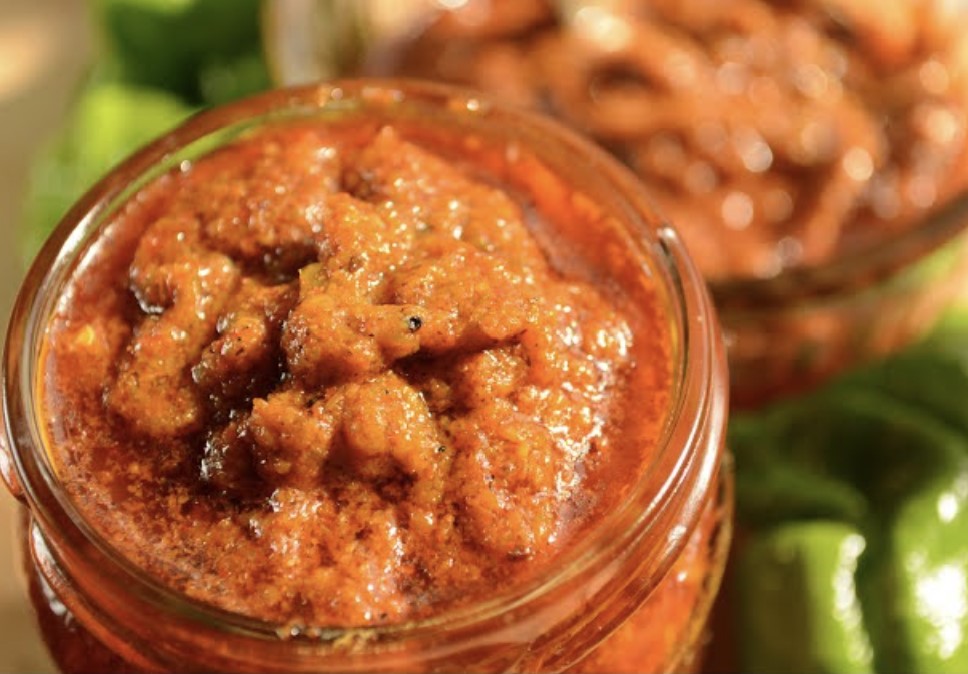
Table of Contents
Heera Mandi – The Diamond Bazar, A Web Series – What Lies Beneath the Name?

In the opulent folds of Sanjay Leela Bhansali’s cinematic canvas lies the mesmerizing world of “Heera Mandi- The Diamond Bazar.” With its debut web series, Bhansali takes audiences on a sumptuous journey into the heart of pre-independence Lahore, where the red-light district of Heera Mandi pulsates with life, passion, and ambition. However, beyond the glitz and glamour of the screen, lies a rich tapestry of history and culture waiting to be explored.
Heera Mandi, often overshadowed by its portrayal in popular media, holds within its ancient walls a saga that spans centuries, encompassing the splendor of Mughal courts, the colonial gaze of the British Raj, and the modern struggles of societal change. As we delve deeper into the labyrinthine alleys and its storied streets, we uncover not just a neighborhood, but a microcosm of Lahore’s rich and diverse heritage.
Heera Mandi – The Real Bazar

The name resonates through Lahore’s history, embodying a tale of cultural richness, transformation, and resilience. Nestled within the confines of the Walled City, this neighborhood has traversed epochs, from its grandeur in the Mughal era to its contemporary identity as a red-light district. Exploring the intricate layers of its past unveils a saga that spans centuries, encompassing the splendor of Mughal courts, the colonial gaze of the British Raj, and the modern struggles of societal change.
The Glorious Mughal Epoch
In the heart of Lahore’s Mughal epoch, Heera Mandi blossomed as a vibrant hub of culture and refinement. Established within the labyrinthine alleys of the Walled City, this enclave flourished as a sanctuary for tawaifs, artisans skilled in the delicate arts of music, dance, and poetry. Originating from distant lands such as Afghanistan and Uzbekistan, these women adorned the courts of emperors, enchanting them with their mastery of Kathak, mujra, and classical music.
Under the patronage of Mughal rulers, Heera Mandi thrived as a bastion of sophistication and elegance. Tawaifs, revered for their intellect and grace, imparted lessons in etiquette to the elite while adorning the city with their cultural prowess. Maharaja Ranjit Singh, captivated by the allure of Heera Mandi, bestowed upon it the name that would echo through the ages—Heera Mandi, the Diamond Market, a testament to its priceless cultural heritage.
The Shadow of Colonialism
The advent of British colonial rule cast a somber pall over Heera Mandi’s illustrious past, reshaping its identity into a nexus of exploitation and vice. Brothels, once patronized by nobles and royals, became dens of iniquity catering to the desires of British soldiers. The British Raj, with its Victorian morality, vilified the tawaifs, relegating them from esteemed entertainers to objects of scorn.
Despite the onslaught of colonialism, the spirit of Heera Mandi endured. Tawaifs remained resilient in the face of adversity and showcased their talent and allure. Across the annals of time, a multitude of tawaifs have etched indelible imprints upon the intricate tapestry of the Indian subcontinent’s cultural and societal landscape. Among these luminaries, Begum Samru stands tall, ascending from the realms of a courtesan to reign over the principality of Sardhana in western Uttar Pradesh.
Gauhar Jaan’s mellifluous voice echoed through history as she recorded India’s inaugural record, while Zohrabai Agrewali’s musical prowess enriched the classical tradition, contributing to the vibrant legacy of tawaifs. Moran Sarkar, in her union with Maharaja Ranjit Singh, wielded considerable sway within the royal court. Waziran, favored by Lucknow’s final nawab, Wajid Ali Shah, left an indelible mark upon the cultural ethos of the city.
Begum Hazrat Mahal, primary consort to Wajid Ali Shah, not only graced the realm of the tawaif but also emerged as a pivotal figure in the Indian Rebellion of 1857. These illustrious women transcended mere entertainment, assuming roles as educators, influencers, and at times, catalysts of revolution, thereby leaving an indelible mark upon the annals of their epoch.Yet, the glory days of Heera Mandi waned, giving way to a narrative of decline and degradation.

The Mandi Today: A Legacy Transformed
In the modern landscape of Lahore, this mandi stands as a relic of its former splendor, its streets now bustling with commerce by day and shadowed by clandestine activities at night. The echoes of classical music and dance have faded, replaced by the murmur of trade and whispered secrets. Despite efforts to eradicate its notoriety, Heera Mandi persists as a symbol of resilience and adaptation.
Evolution of Heera Mandi: From Cultural Epicenter to Red-Light District
The Mughal Era: Birth of a Cultural Icon
The place emerged during the Mughal period as a vibrant center of art and refinement. Tawaifs, skilled in music, dance, and poetry, adorned the courts of emperors, captivating them with their talent and grace. Maharaja Ranjit Singh’s patronage elevated Heera Mandi to unprecedented heights, earning it the moniker of the Diamond Market.
British Colonialism: A Dark Chapter
The arrival of the British marked a turning point in its history. Brothels proliferated, transforming the neighborhood into a hub of vice and exploitation. The once-revered tawaifs were marginalized, their artistry overshadowed by the colonial gaze. Despite their resilience, it succumbed to the moral scrutiny of the Victorian era.
Contemporary Challenges: A Struggle for Identity
In modern times, the place grapples with its identity as a red-light district. Efforts to rebrand the neighborhood have met with mixed success, as its cultural heritage clashes with the realities of urban life. Yet, amid the shadows of its past, glimpses of resilience emerge, as it navigates the complexities of societal change.
Heera Mandi’s Enduring Legacy: A Cultural Icon Reimagined
Cultural Renaissance: Reviving the Spirit
Despite its challenges, the Mandi retains echoes of its glorious past. Efforts to reclaim its cultural heritage have led to a resurgence of interest in its history and traditions. Initiatives aimed at preserving its architectural landmarks and promoting its artistic legacy breathe new life into the neighborhood.
Tourism and Heritage: Embracing the Legacy
As tourism flourishes in Lahore, the market emerges as a focal point of cultural exploration. Visitors are drawn to its storied streets, eager to uncover the secrets of its past. Heritage tours offer glimpses into Heera Mandi’s rich history, inviting travelers to immerse themselves in its cultural tapestry.
Preserving the Legacy
Heera Mandi stands as a testament to Lahore’s rich cultural heritage, a symbol of resilience in the face of adversity. From its illustrious past to its contemporary challenges, its story is one of transformation and endurance. As efforts to revitalize the neighborhood gain momentum, Heera Mandi embarks on a new chapter, reclaiming its rightful place as a jewel in the crown of Lahore’s heritage.


